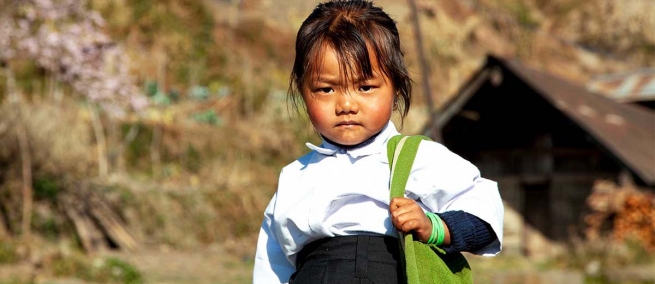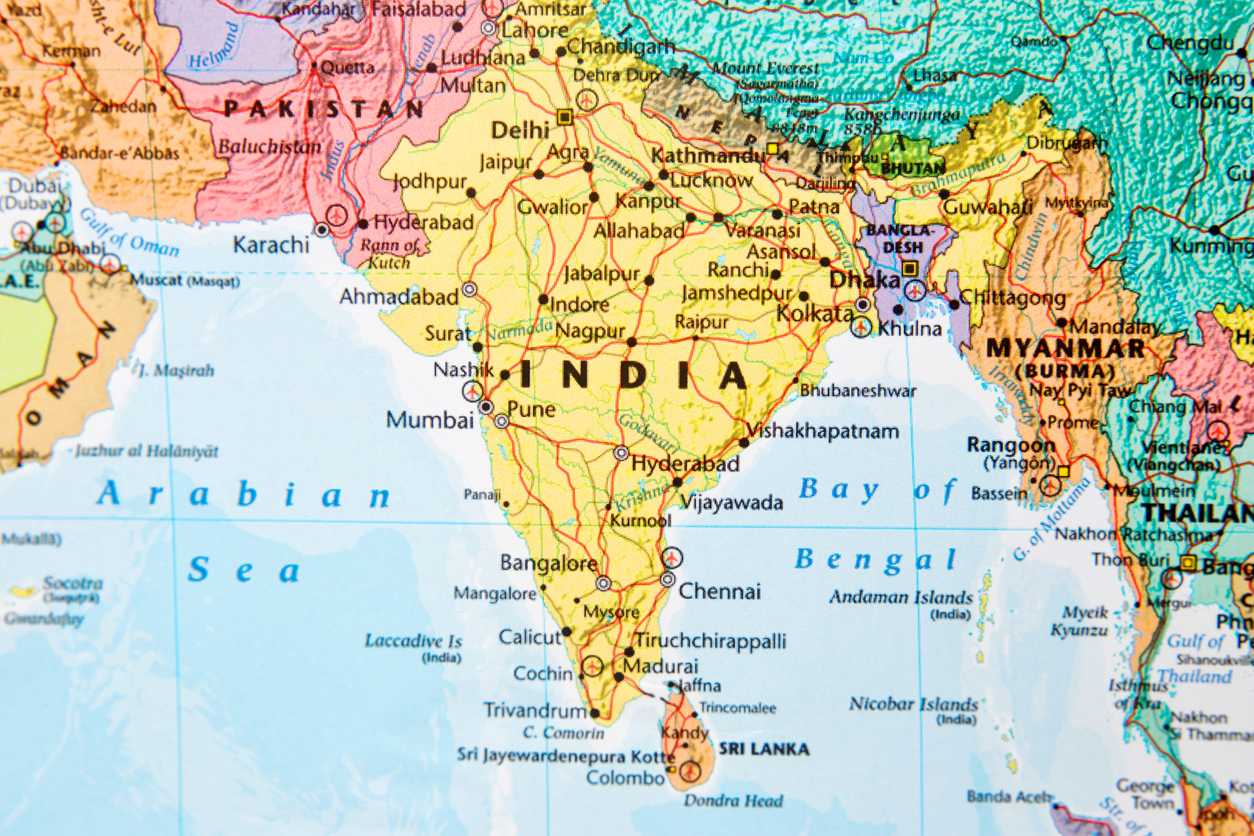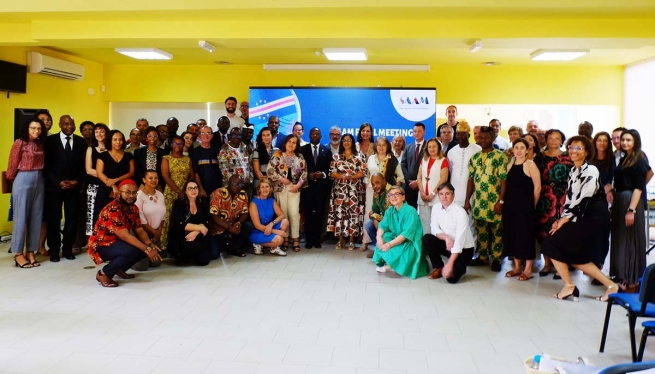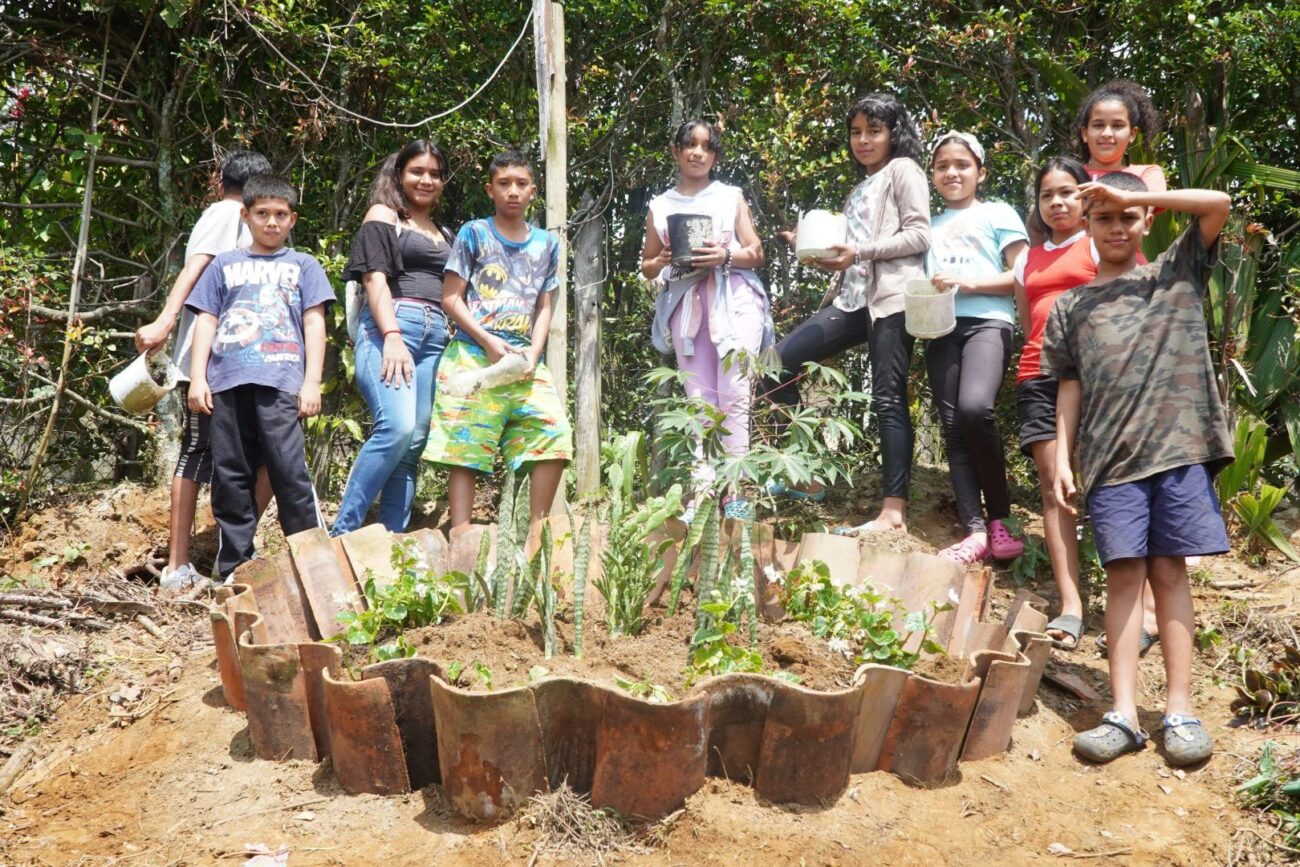INDIA: Salesian missionaries and Daughters of Mary Help of Christians educate 1,100 youth in school in remote Khoupum Valley

(MissionNewswire) Salesian missionaries, in collaboration with the Daughters of Mary Help of Christians, operate a school and parish in Khoupum Valley, a small valley surrounded by green hills located in the state of Manipur in northeastern India. The area, which is surrounded by pristine forests and is a holiday destination for many who live in the city, is rich in natural resources but most of the population who are of tribal origin live below the poverty line. Salesian missionaries arrived in the remote area in the 1940s, but the official inauguration of their mission started in 1981.
There are four Salesian missionaries who live and work within the region. They, with sisters from Daughters of Mary Help of Christians, provide education and social support to the 1,100 students who attend the school. There are also 200 students – 100 boys and 100 girls – who live in separate hostels run by Salesian missionaries. They board at the school because some live too far away or are in situations where they cannot be cared for by their families.
The goal of the Salesian missionaries is to ensure that as many young children and older youth in the region can learn to read and write and develop their talents.
There is very little attention paid to education in the region and this is especially true for girls who are largely discriminated against and forced to work as domestic workers. Their salary is often used to allow their male siblings to study. Ensuring girls have equal access to education is a focus of Salesian missionaries in India and around the globe.
“Young women and girls face many disadvantages and barriers to accessing education and achieving financial independence despite their huge potential,” says Father Mark Hyde, director of Salesian Missions, the U.S. development arm of the Salesians of Don Bosco. “Those who are able to access education are more often able to achieve financial independence and make better and healthier choices that affect not only themselves but their families and communities as well.”
Because it is so remote, the region is challenged by a lack of stable and consistent electricity. Without consistent electricity, it has been difficult to provide and participate in computer lessons, and the children who live in the hostels have no light to study in the evenings. Salesian missionaries are working to utilize their network to raise the funds needed to replace the current old and noisy electricity generator so that a stable power supply is available to the school and hostel.
Access to professional training and workforce development services is highly valued by youth in India. The country, which is home to 1.34 billion people (18 percent of the world’s population), will have overtaken China as the world’s most populous country by 2024, according to the World Economic Forum. While India has the world’s largest youth population, it has yet to capitalize on this, leaving some 30 percent of its population without employment, education or training.
India has the world’s fourth largest economy but more than 22 percent of the country lives in poverty. About 31 percent of the world’s multidimensionally poor children live in India, according to a new report by the Oxford Poverty and Human Development Initiative. A multidimensionally poor child is one who lacks at least one-third of 10 indicators, grouped into three dimensions of poverty: health, education and standard of living.
###
Sources:
ANS Photo (usage permissions and guidelines must be requested from ANS)
ANS – India – Giving light for the education of children in Khoupum Valley
World Bank – India




